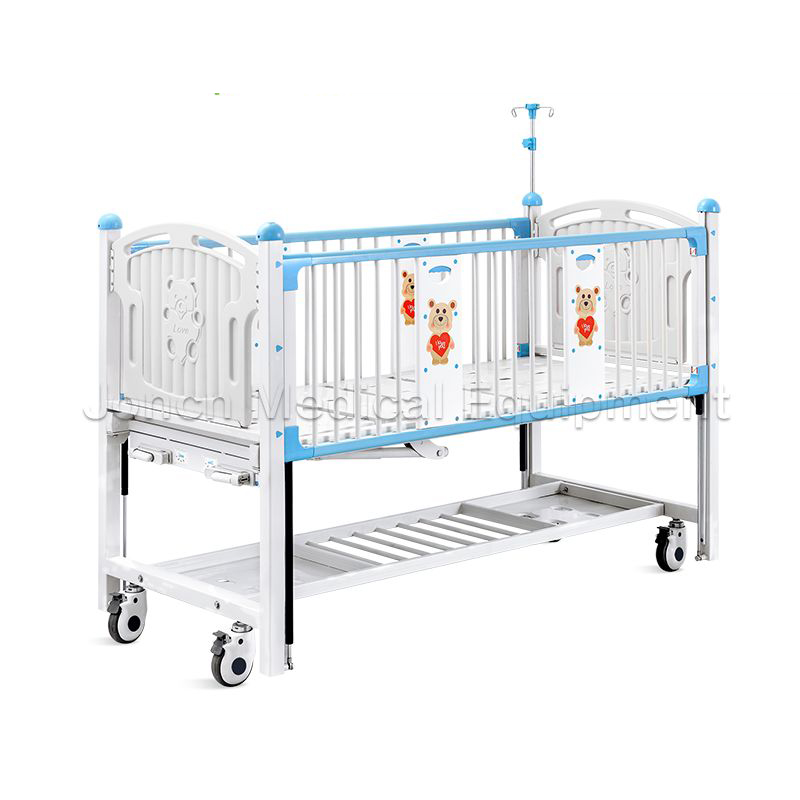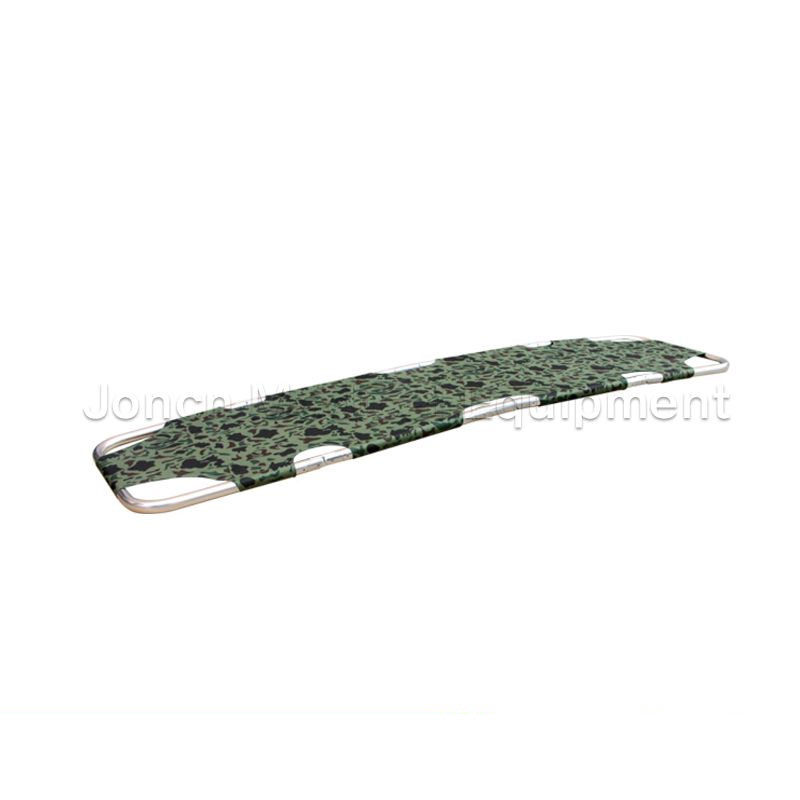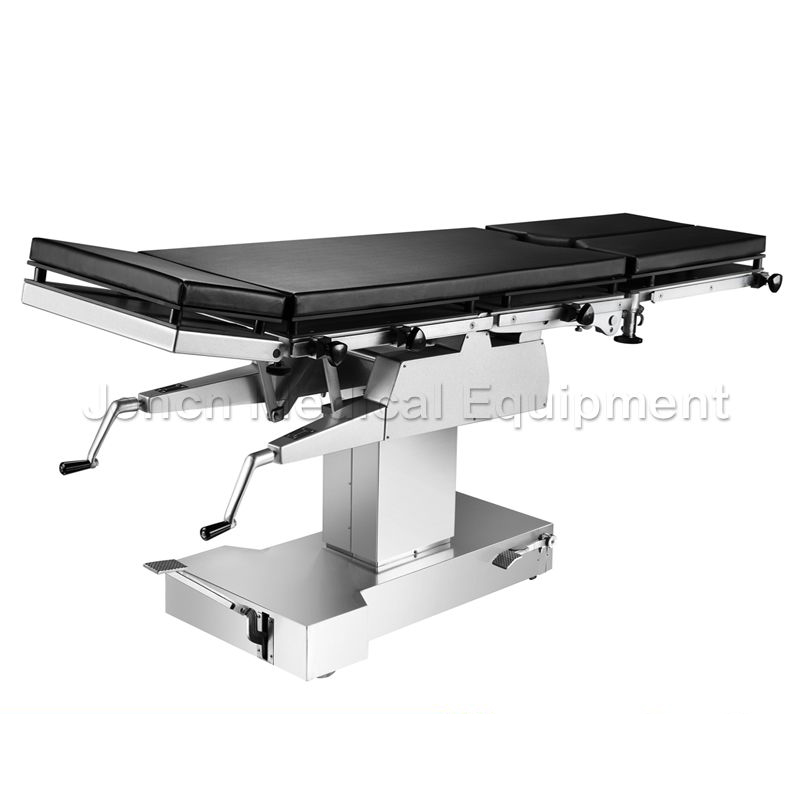
The modern healthcare landscape is defined by a relentless pursuit of improved patient outcomes and streamlined caregiving. At the core of this evolution lies a seemingly simple piece of equipment that has been fundamentally transformed by technology: the Electric Hospital Bed. Far beyond its manual predecessors, today's electric beds are sophisticated, motorized platforms that are crucial in both clinical settings and the burgeoning field of home care.
The shift from hand-cranked mechanics to effortless electronic control marks a pivotal advancement, directly addressing the critical needs of patient comfort, injury prevention, and caregiver efficiency.
The primary advantage of the Electric Hospital Bed is its unparalleled adjustability. Operated by a simple remote control or integrated side-rail controls, these beds empower patients—and their caregivers—to modify their position with minimal physical effort.
Key Adjustable Functions Include:
Head and Foot Elevation (Fowler's and Semi-Fowler's Positions): Raising the head or feet can significantly improve circulation, reduce pressure on bony prominences, and ease respiratory distress. For patients, this means easier breathing, comfortable eating, and improved sleep quality.
Hi-Lo Adjustment: The ability to raise and lower the entire bed height is critical for safety. A low-height setting drastically reduces the risk of injury from falls, especially for elderly or memory-impaired patients. Conversely, raising the bed to an ergonomic working height protects caregivers from musculoskeletal strain during transfers, wound care, and linen changes.
Trendelenburg/Reverse Trendelenburg: Advanced electric beds, particularly those used in intensive care units (ICUs), offer full-body tilting capabilities, which are essential for managing blood pressure, enhancing circulation, and optimizing specific medical procedures.
For patients with limited mobility or those requiring extended bed rest, the risk of pressure ulcers (bedsores) and falls is a constant concern. The Electric Hospital Bed serves as a vital tool in proactive risk management.
Pressure Ulcer Mitigation: Easy and frequent electronic repositioning is the most effective way to prevent pressure sores. Patients can independently shift their weight, and caregivers can perform scheduled turns with greater ease, promoting continuous blood flow.
Integrated Safety Features: Modern electric models are standardly equipped with sturdy side rails to prevent accidental roll-offs, and sophisticated locking casters to ensure stability during patient transfers. Many also include battery backup systems, ensuring full functionality even during a power outage.

The newest generation of the Electric Hospital Bed integrates "smart" technology, ushering in an era of connected care. These beds are transforming from simple adjustable frames into intelligent, data-collecting health monitors:
Continuous Patient Monitoring: Built-in sensors can monitor a patient's vital signs (heart rate, respiratory rate) and movement patterns without any intrusive equipment.
Bed Exit Alarms: Pressure-sensing mats or advanced monitoring systems can detect when a patient is attempting to leave the bed, alerting staffbeforea fall occurs.
Electronic Health Record (EHR) Integration: Some advanced beds can automatically log position changes, weight data (via built-in scales), and vital sign trends, contributing to more accurate clinical documentation and faster intervention.
Whether for a high-acuity hospital unit or a comfortable home care environment, selecting the appropriate Electric Hospital Bed depends on the specific patient needs:
| Bed Type | Key Features | Ideal Use Case |
| Full-Electric Bed | All functions (head, foot, height) are motor-controlled. | Long-term care, patients requiring frequent adjustments, home care seeking maximum independence. |
| Semi-Electric Bed | Electric control for head/foot sections; manual crank for height. | Short-term rehabilitation, budget-conscious home care where frequent height adjustment is not necessary. |
| Bariatric Electric Bed | Wider frame, reinforced structure, higher weight capacity. | Patients whose size and weight exceed the limits of a standard bed. |
| Low-Height Electric Bed | Can be lowered to just a few inches from the floor. | Patients at high risk for falls, reducing potential injury severity. |

The CD180001 manual controlled multi-functional baby nursing bed with guardrails is a pinnacle of safety, functionality, and comfort for your young patients. With precise technical specifications like...
See Details
High-strength aluminum alloy foldable stretcher for emergency use (Model: ST200028), a robust and versatile solution designed to meet the demanding needs of emergency medical situations. Engineered wi...
See Details
The heavy-duty handles medical stretcher for patient transfer, model ST200002 – a robust and versatile solution designed for patient handling in various settings. With an open size of 185483CM and a f...
See Details
Our advanced 6-function adjustable hospital stretcher trolley, is designed to elevate patient care and streamline hospital operations. With dimensions of 1960x640x(630-930)mm, this trolley boasts a ra...
See Details
Our OT200002 manual hydraulic surgical table with stainless steel material, is meticulously designed to meet the rigorous demands of modern surgical environments. Crafted entirely from durable stainle...
See Details
This well-designed wireless nursing trolley adopts a modular design, which allows you to upgrade and expand based on future needs. Whether it's adding additional work surfaces or integrating new medic...
See DetailsIf you are interested in our products, please consult us
Products
Mobile terminal